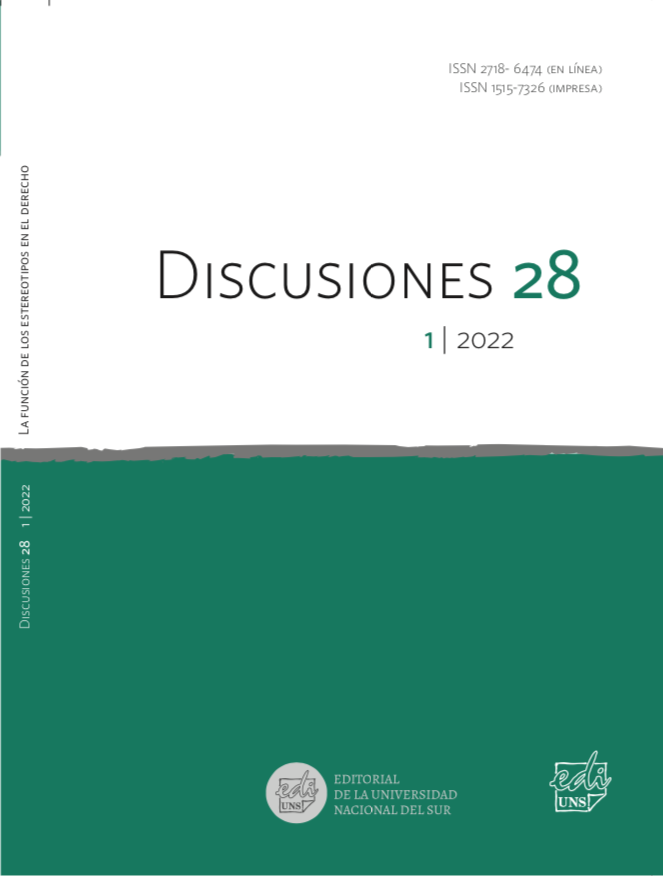Contextual Analysis, Intersectionality and Justificatory Function of Stereotypes in Law: A reply
DOI:
https://doi.org/10.52292/j.dsc.2022.3286Keywords:
Contextual Analysis, Interseccionality, StereotypesAbstract
In this reply we present a response to Lourdes Peroni and Liliana Ronconi’s comments on our text “The role of stereotypes in the forms of complex inequality: some insights from the feminist critique of anti-discrimination law”. First of all, we will try to expose our considerations about contextual analysis, often mentioned in the literature as a key element of an effective anti-stereotyping analysis. We will try to problematize —not demonize— this concept, in order to generate more conceptual clarity and enhance the explanatory capacity of the concept of patriarchy, an essential tool in the approach to the mechanisms of oppression from our theoretical position. Linked to the concept of patriarchy, we will try to specify the contributions of structural intersectionality that are functional to understand stereotypes. Finally, we take this opportunity to further deepen the main argument of our contribution, which is the justifying function of stereotypes.
Downloads
Published
How to Cite
Issue
Section
License
Copyright (c) 2022 Elena Ghidoni, Dolores Morondo Taramundi

This work is licensed under a Creative Commons Attribution-NonCommercial 4.0 International License.
Discusiones does not withhold rights of reproduction or copyright. Consequently, authors may share the final versions of publications.


